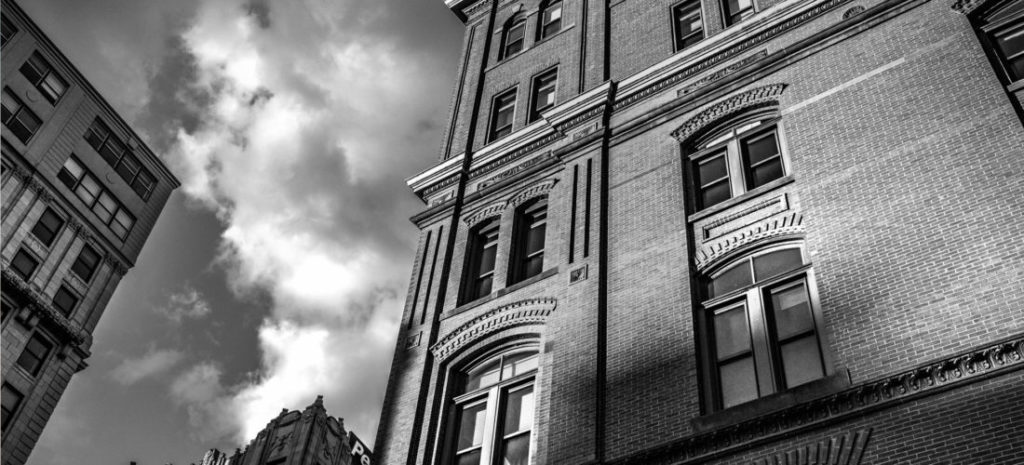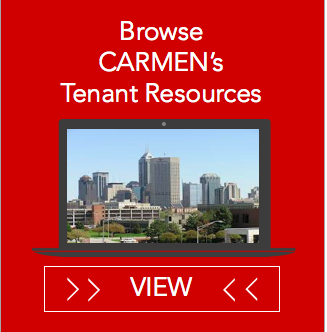Chris Carmen / October 2, 2025

There is a fairly simple way to break down where most of the dollars go for your cost per square foot. It divides into base rent, operating expenses and real estate taxes. What you may not be aware of is the cost of what I like to call “ghost” square feet, a portion of the area of space your business leases that does NOT exist within your office suite, yet has a profound effect on your cost of occupancy.
Your office square footage begins with and consists of your usable square footage, which is the actual area of the space located within your specific office suite. An add-on factor, a percentage of the usable square footage and is sometimes known as a “loss-factor”, is added to the usable square feet. This gives you the rentable square feet… the area you actually lease. The square feet created by the add-on factor is what I frequently refer to as “ghost” square feet because a business pays for this square footage, but does not have exclusive use this area.
You’re probably asking: “Why do I have to pay for square footage I don’t get to use?” Actually, you do use this area, but you don’t have the exclusive use of this space. The add-on factor is added to a lease to account for common areas, such as the building’s main lobby, restrooms, the lobby’s of each floor, common break areas, etc. No single particular tenant owns these spaces, so each tenant is required to pay a certain share to account the space. That being said, buildings with exquisitely beautiful, high ceiled lobbies may not seem as financially popular options anymore. That stunning lobby may have a lot of wasted space that you have to pay for!
Buildings vary in add-on factors, but in general, buildings with large, grand lobbies and common amenities like fitness rooms or common conference space will have a higher add-on factors. Whereas, less elaborate and more efficient office buildings may have a relatively low add-on factor. Let’s look at the impact of the add-on factor on a business’ cost of occupancy.
Say you are considering two buildings, each with the same rate per square foot and 10,000 usable square feet. However, these buildings each have a different add-on factor and varying amenities. Building 1 has an add-on of 18%, with a very fancy lobby and common fitness area. This means that you are paying for an additional 1,800 square feet with your total rentable square foot at 11,800. Building 2, an older building, with a smaller lobby, has an add-on factor of 12%, meaning an additional 1,200 rentable square feet, totaling 11,200. Building 2 would be the best option financially because you are paying for fewer “ghost” square feet. This may not seem like a substantial difference, but if you consider the variance of rent over the lease term, the dollars can be significant. In the above example, the higher add-on factor in Building 1 would cause a tenant to pay $132,000 more in rent over a 10-year lease term than a tenant in an identical office suite in Buiding 2.
The example above is why many commercial real estate brokers analyze office lease proposals by breaking down the economics to the cost per usable square feet rather than the cost per rentable square feet. In the example above, at $22.00 / rentable square foot, Building 1 would have a usable square foot rate of $25.96 / usable square foot and Building 2 would have a rate of $24.64 / usable square foot.
Although add-on, or loss, factors are a relatively simple concept, many business people whose core business is not analyzing office space, overlook the impact these factors have on their business’ cost of occupancy. Further, many landlords don’t disclose add-on factors when making proposals to tenants to lease their buildings, allowing them to essentially gain additional rental income without increasing their square foot rate. As a Tenant Advisor, we always uncover the add-on factor when evaluating office spaces for our clients, to make certain our client isn’t overpaying for office space… not by a higher rental rate, but with a high add-on factor.
« Previous Next »

